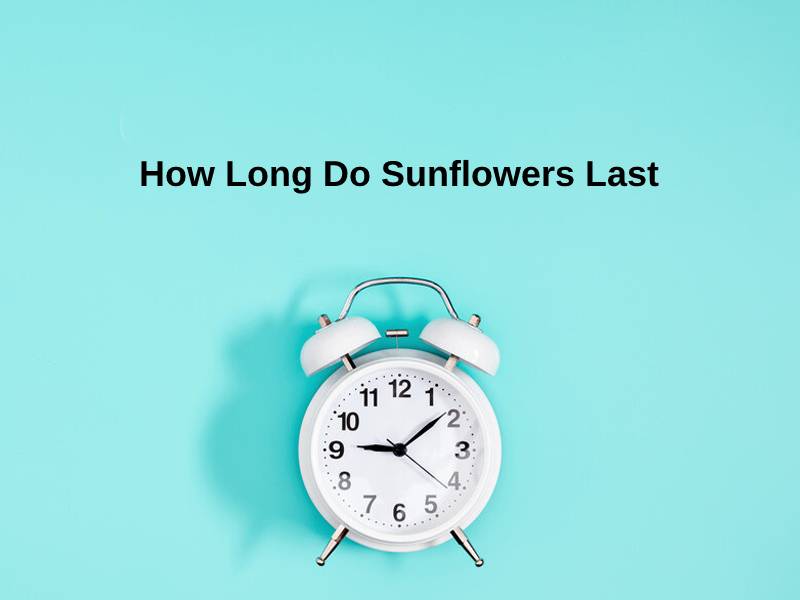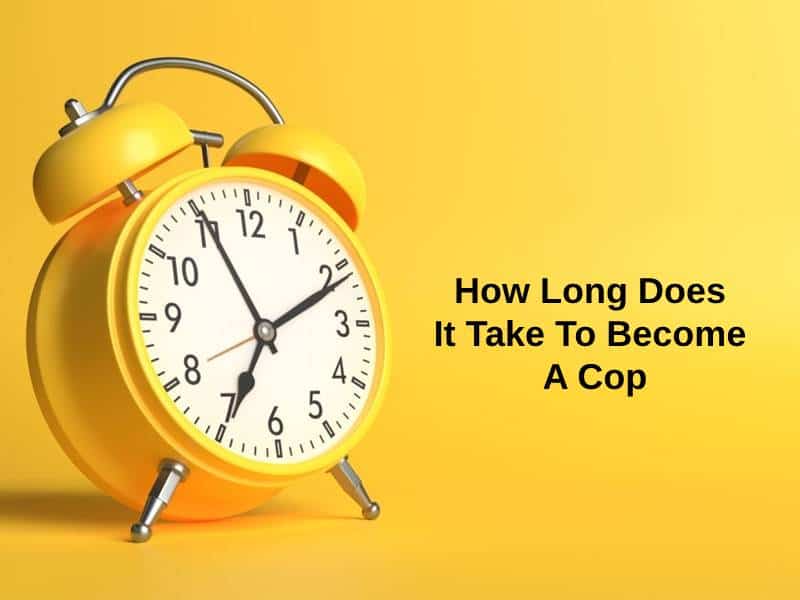Exact Answer: 6-12 Days
Sunflowers also known as helianthus is a plant that flowers into beautiful yellow flowers. Sunflowers belong to the Plantae Kingdom and asterales order. They belong to the tribe Heliantheae. Some species of sunflowers acne be grown in gardens while some can be grown in temperate or tropical regions. The sunflowers grow to 1.8 m and can be found in places like woodlands, adjacent to creeks, and moist, prairie-like areas.
Sunflowers originally are found in America and can also be found in Mexico and the Southern United States. Sunflowers were initially grown 3000-5000 years ago by the native Americans who used the seeds for edible purposes. They were then introduced to Europe in the 16th century and then traveled to Russia. Now, Sunflowers can be found in many geographical places of the world.

How Long Do Sunflowers Last?
| Condition | Duration |
| Perennial sunflowers | 8-12 Weeks |
| Cut flowers | 6-12 Days |
Sunflowers can last for a maximum of 12 days with proper care if they have been removed from the roots. Sunflowers can be kept alive with proper conditions like when kept in water and given proper sunlight. The sunflowers once blossomed can stay alive for 8-12 weeks from the root. The conditions of proper sunlight, water, and nutrition should be satisfied.
The sunflowers are some of the fastest-growing plants and have comparatively a big bloom. Sunflower seeds from seedlings are from which they grow into plants. The mature plants then grow buds that start to bloom. Pollinators like insects, butterflies, water, wind, animals then visit the bloom and the seeds are formed. The seeds ripen till the sunflower starts to wilt and then seeds then fall back into the ground and the cycle of formation of flowers starts again.
Sunflowers can grow up to 6 feet tall and the flowers can grow extremely large as compared to other plants. The seeds and the growing stage of a sunflower can variate according to the weather conditions of a place. The seeds of the sunflower carry all the nutrients and the genetic information required for inheritance. After the plantation of seeds, the next step is germination.
The seeds start to grow seeking sunlight, water, and nutrients from the soil. After this, the seedling starts to germinate forming leaves by the process of photosynthesis. The first few shapes of the sunflower leaves include oval, heart-shaped, and more. After 35 days, the bud starts to emerge and develop. Then the growing bud becomes big and strong and produces a flower that withers with time.
Why Do Sunflowers Last This Long?
Sunflowers last this long because they need a proper condition to sustain. The sunflower plants tilt themselves towards the sun during daylight to gain more sunlight and perform photosynthesis. Sunflowers can last from 6-12 days if they are out from the roots. Sunflowers from the stem can last up to 6-12 weeks. This process by which sunflowers change the orientation is called heliotropism that continues for a shorter duration when the plant blooms.
This movement of sunflowers happens because the sunflower follows the direction of the sun. The opposite side of the stem of the sunflower starts to accumulate growth hormones leading to the redirection of the sunflower towards the sun. Hence, the sunflowers are bent a little downwards. The sunflowers are tall and perennial and the lower leaves of sunflowers are opposite, ovate, and heart-shaped.
The growth and retention of sunflower depend on a number of factors like genetic makeup, environment, background, sunlight source, water, etc. The planting season also has some effects on the development of the sunflower. The growth of sunflowers depends on the series of vegetation, reproduction and can be determined by looking at the brach head.
Conclusion
Sunflowers can last up to 6-12 days. This depends on factors like genes, environmental conditions, background, nutrition, and more. The sunflowers can redirect themselves towards the sun because of the growth of hormones on the opposite side of the stem. Sunflowers were originally found in the US and were developed in different parts of Mexico and other countries.




















